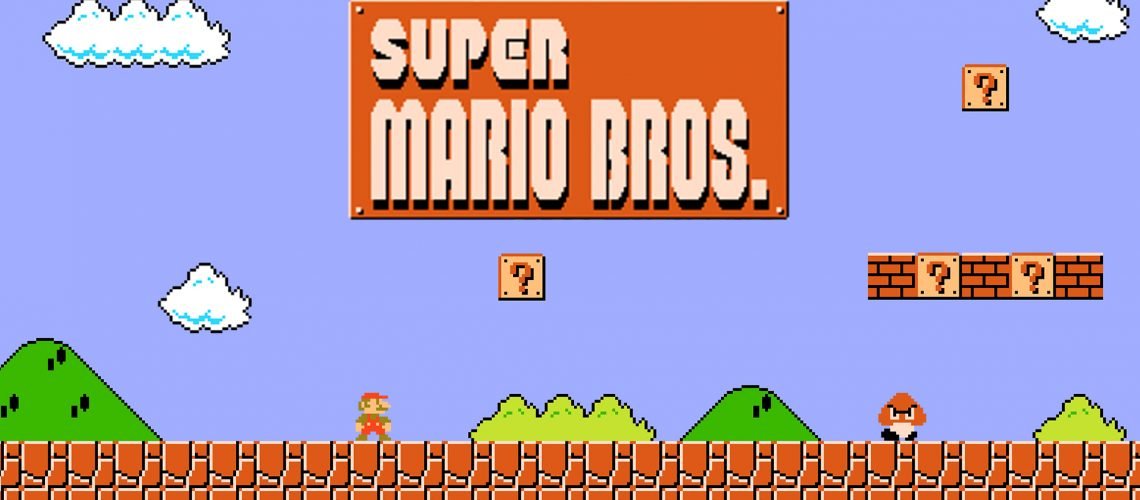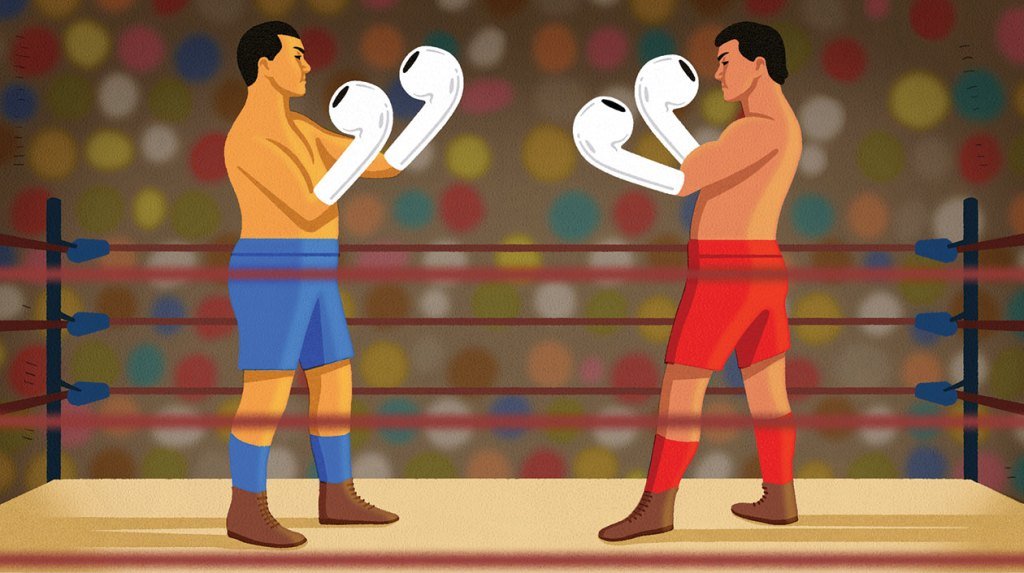Happy MAR1O aka “Mario Day” – which Nintendo is going forward with worldwide, various international date formats aside. Any day is a good excuse to talk about the musical invention of Nintendo composer Koji Kondo, whose tunes are as iconic as the games he scored.
Here’s a rare interview (with subtitles) of him talking about Mario specifically – and how he worked to get “a mental picture of it from the rhythm and atmosphere of the game.” Perhaps part of what makes him such a revered game composer is just that – not only finding memorable tunes, but also fitting them to the rhythm of the games so the melodies embed themselves in the addictive loop of playing.
Inspiration strikes outside of the workplace, the composer told Polygon’s Danielle Riendeau in an excellent 2014 profile:
“When I’m thinking of the main theme — the melody and the main theme of any game, I don’t really come up with those at work,” said Kondo. “For some reason, they don’t come to me when i’m in the office!”
Usually, I’ll be in the bathtub, I’m it’s like ‘oh, there it is!’ Or i’ll be sleeping, and the melody is in my head. Or even, you know, I’ll be walking down the hallway in my house, suddenly the music pops into my head. It really doesn’t happen at work, it’s always somewhere outside of the office.”
The man behind Nintendo’s musical masterpieces [Polygon]
Also great reading, Andrew Schartmann dives into how Metroid and Mario scores shaped music history, with the ingenious notion that Koji Kondo is Mozart and Metroid composer Hirokazu ‘Hip’ Tanaka is Beethoven. (Okay, so who are Haydn and Salieri? But I digress.)
The most explicit example of this connection can be found in the game’s underwater levels, which feature Mario gracefully swimming through enemy-laden seas. Kondo wanted players to feel as though they were dancing in the water. And so, to achieve this effect, he composed a waltz, and synchronized some of the on-screen animations with the music’s pulse: gold coins shimmer, and Cheep-Cheep fish flap their fins, all to the beat of Kondo’s lilting melody.
How Nintendo Changed the Course of Music History [Frieze]
And there is something really mesmerizing about watching the composer play his tune. (Composers who are not the most virtuosic musicians have their own charm to me, as you sort of hear their brain working around what they made rather than just interpreting the music.)
Usually, I’ll be in the bathtub, I’m it’s like ‘oh, there it is!’ Or i’ll be sleeping, and the melody is in my head.
The music has a wild pianola style to it – fitting, as a kind of code-based successor to mechanical tunes. It isn’t intended to be played by humans, so if you wanted a little more virtuosity in your piano performance, here is a stunning sight-reading performance of the end of Super Mario World. Score one more for the users. And damn, this is fine music – a kind of cinematic gaslight-theater spin on Scott Joplin, but Japanese and 8-bit (sorry, 16-bit – SNES):
Enough of this piano business, though. The Nintendo 2A03 / 2A07 Audio Processing Unit is our generation’s Stradivarius. (See an overview of the Famicom audio’s innards for more.) Now that we have virtually limitless sound palettes at our disposal, this is a master class in synthesis and what creates appealing noises:
Here’s a look at how the music in Mario games has evolved through the years:
For the enduring charm of this score, the wholesome fun for today is Jimmy and The Roots joining the cast of the new film to sing Koji Kondo’s theme – and I doubt anyone needs sheet music for this one:
Now I’ve likely inspired you to play a Mario game rather than work on music this weekend, but frankly, why not both? Enjoy!




